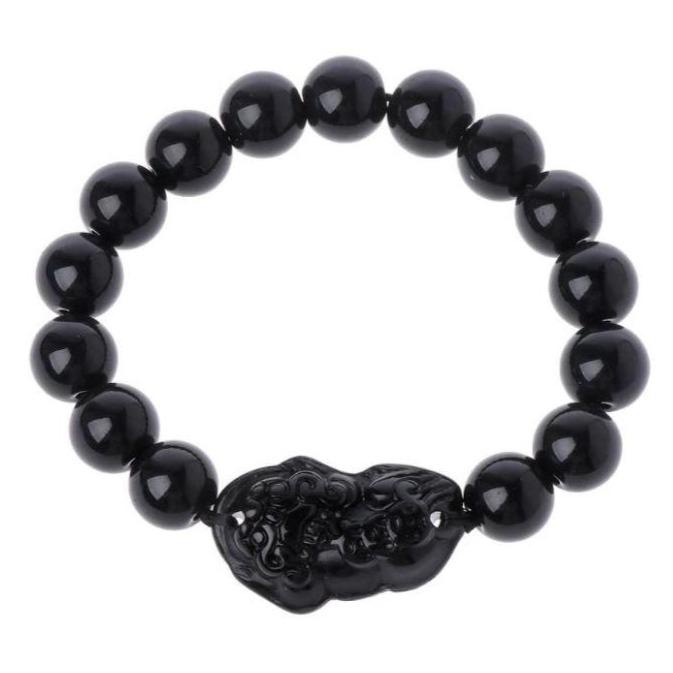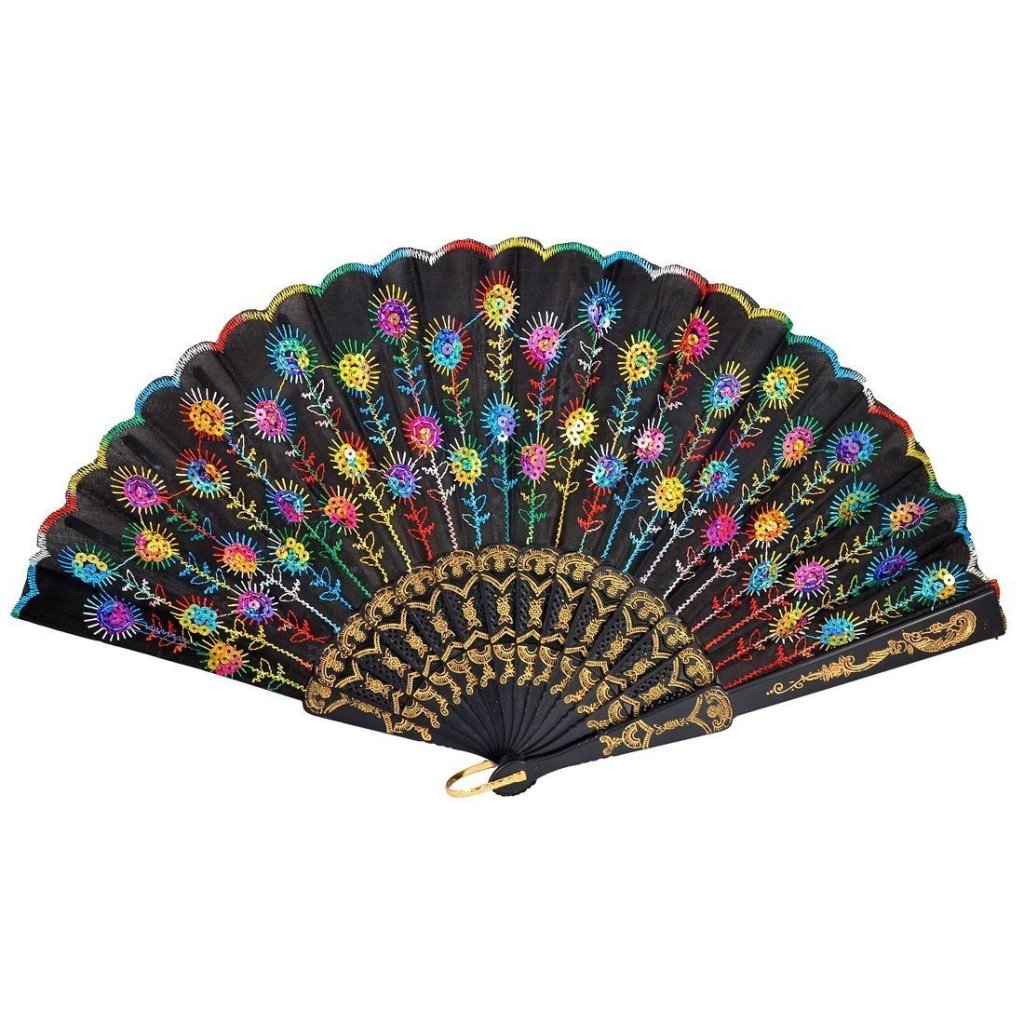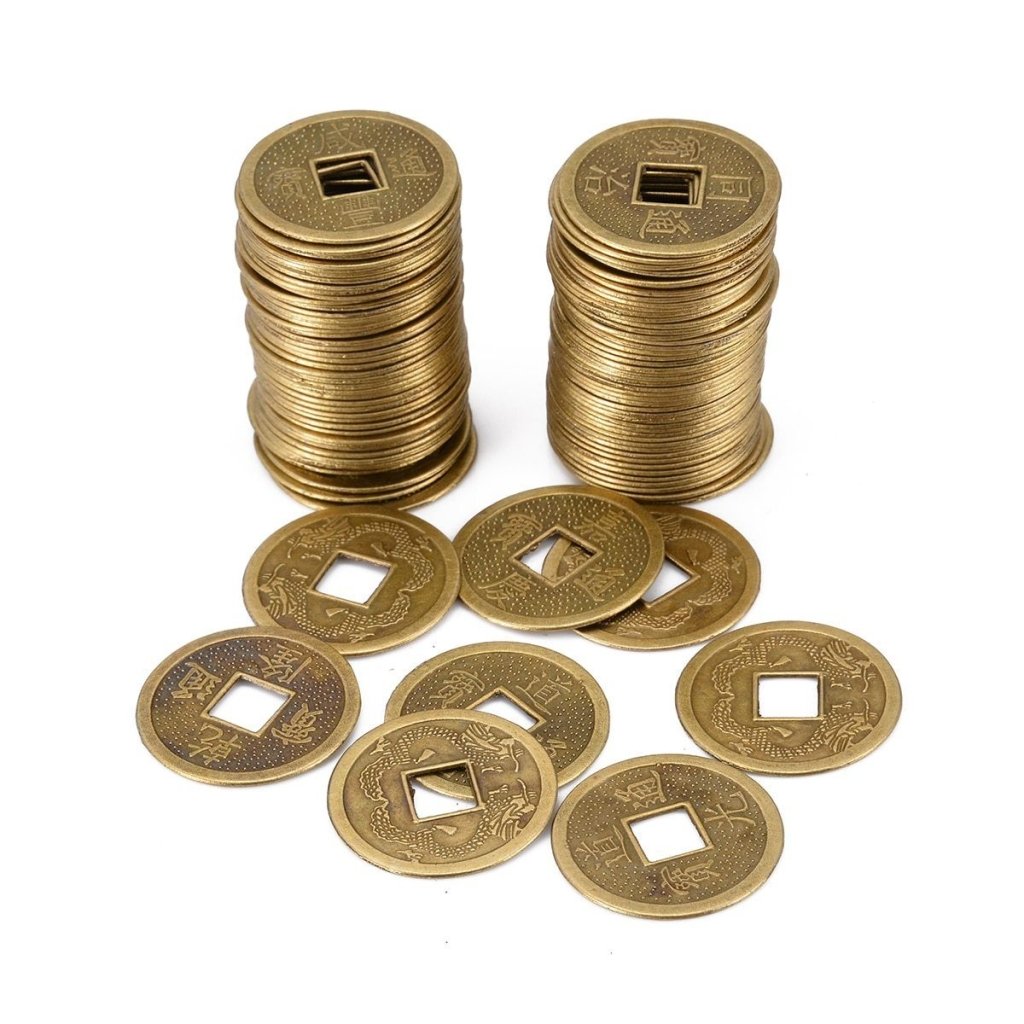China is a country whose traditions and extraordinary history, which spanned several thousand years, will never cease to amaze historians and archaeologists.
Of rare richness, Chinese culture has established itself over a territory of nearly 10 million square kilometers. Already organized as a united empire while the Europeans continued to wage war, the Chinese experienced a period of relative prosperity lasting several centuries. This situation was extremely favorable to the exaltation of the arts.
This territory also...
See more
Voir plus
China is a country whose traditions and extraordinary history, which spanned several thousand years, will never cease to amaze historians and archaeologists.
Of rare richness, Chinese culture has established itself over a territory of nearly 10 million square kilometers. Already organized as a united empire while the Europeans continued to wage war, the Chinese experienced a period of relative prosperity lasting several centuries. This situation was extremely favorable to the exaltation of the arts.
This territory also saw the meeting of philosophies which harmonized to form an unparalleled cultural pool. Taoism, Buddhism, Confucianism, Animism and Tengrism were all present at one time or another in traditional China.
In this great cultural bustle, lucky charms of rare finesse and accuracy have quite naturally emerged. It is this observation in particular that pushed us to create such a collection.
Now let's talk about their use. Whether they arise from religions, or rather from customs and traditions, Chinese lucky charms are often linked to fortune and abundance. These concepts indeed held a preponderant place in traditional China.
In addition to the role of good luck charm, there is added that of a structuring social bond. Indeed, in such a ritualized society, symbols of all kinds occupy an important place in social organization.


















